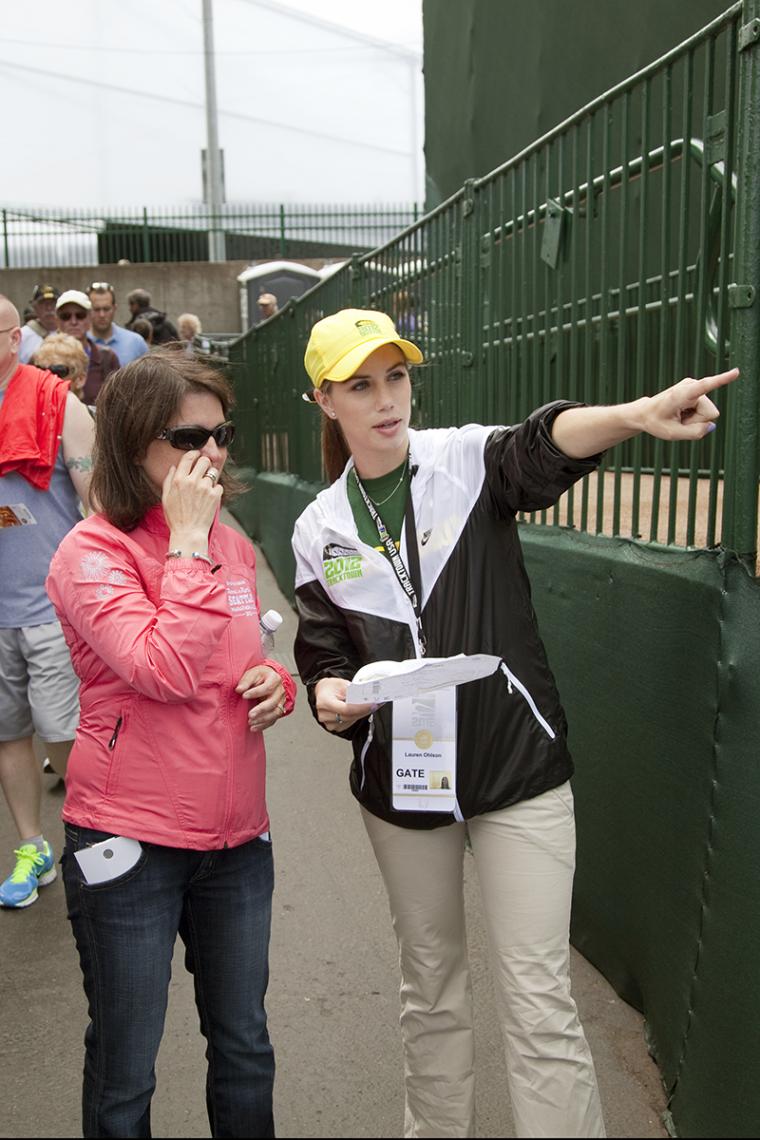
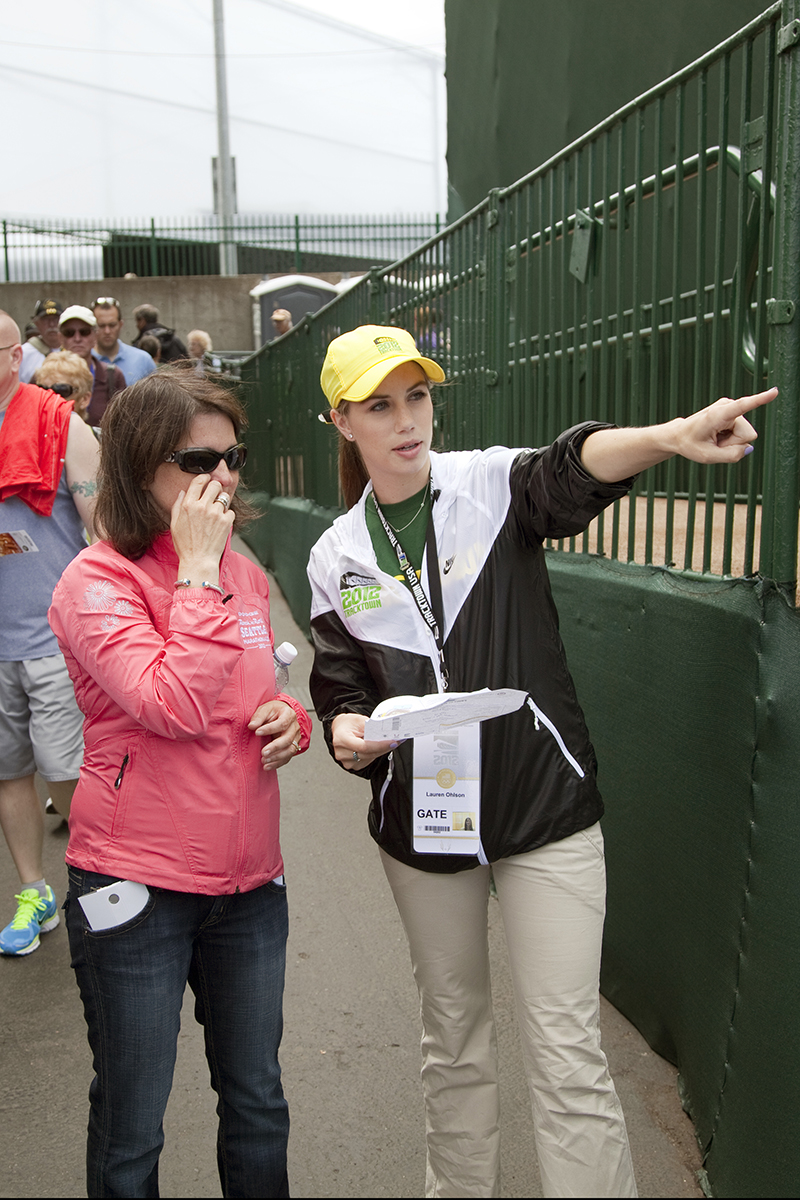
Although volunteers are a crucial part of any event, it is often a part of the planning process that is left towards the end. It is easy to get swept up in the minutia of tedious event details and forget to develop and implement a solid volunteer recruitment and retention plan. It’s not to say that volunteers are unimportant to the planning process, rather recruitment can get pushed down the to-do list. After all, my sports event is going to be great, why wouldn’t people want to be involved? It won’t be hard to find people who will want to be a part of it.
Changing that mindset and prioritizing your volunteers can not only reduce stress but make your event more smoothly and prep your volunteers for a positive experience.
Recruitment
Prior to beginning the recruitment process, some thoughtful behind the scenes prep work is necessary. Where do you need volunteer assistance? What projects or areas will they be assisting with? What days and times need to be covered? Are volunteers needed pre-event?
Once you’ve decided what volunteer positions you will need filled, creating a short job description of each will not only be helpful to you but also to your potential volunteers. Don’t forget to include important accessibility information in these. Items like standing for long periods of time, lifting heavy objects, driving a golf cart, etc. are all important pieces of information to include. This will help the volunteer positions be more inclusive. If a potential volunteer isn’t able to stand for long periods of time, maybe they can be assigned to a seated task like a check-in table.
After you have figured out what they will be doing, the next important step is deciding when they will be doing their jobs. A detailed schedule spreadsheet with volunteer shift times is extremely helpful. It is much easier to ask someone to volunteer when they have a clear understanding of their time commitment. The more information you can provide up front, the clearer understanding volunteers will have of what they are committing to.
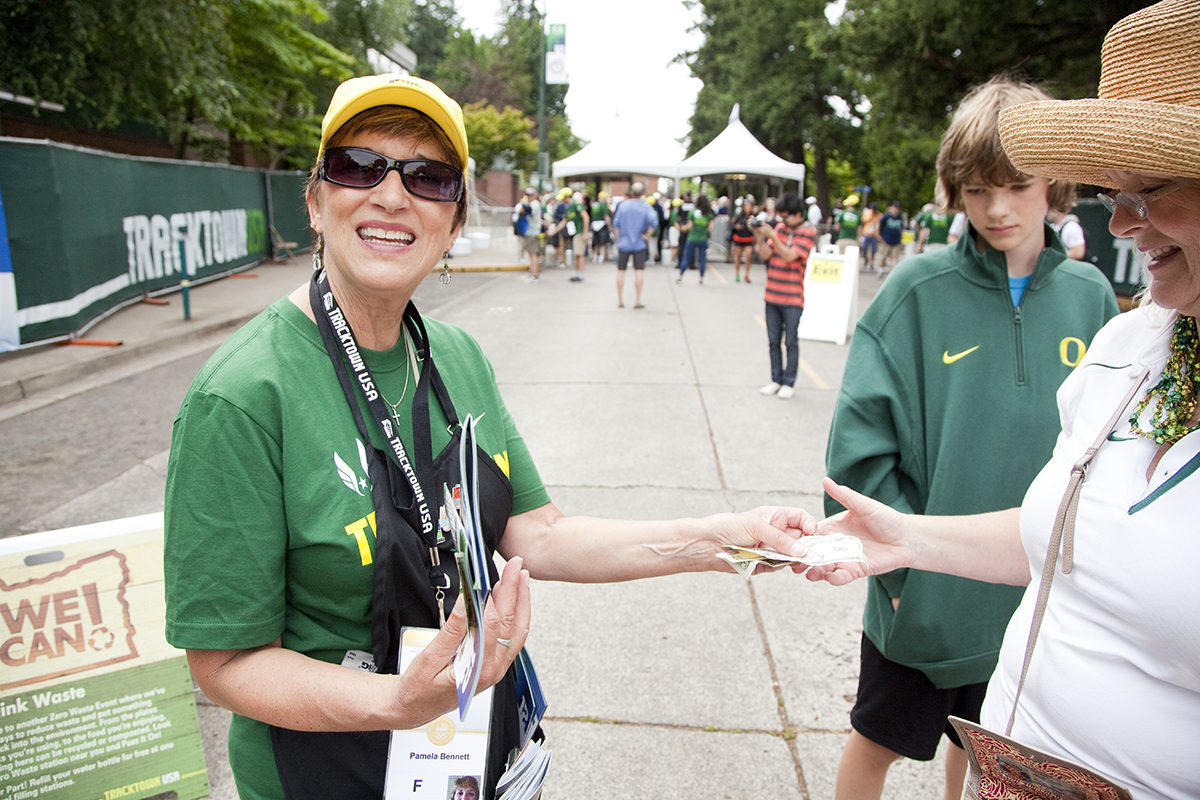 The next question to answer is how you will recruit these volunteers. Take the time to plan a marketing strategy. This will help you keep track of who you’ve reached out to and how you’ve distributed the information. Volunteers can be recruited in a variety of ways – through online posting boards, e-mails, social media and word of mouth, to name a few.
The next question to answer is how you will recruit these volunteers. Take the time to plan a marketing strategy. This will help you keep track of who you’ve reached out to and how you’ve distributed the information. Volunteers can be recruited in a variety of ways – through online posting boards, e-mails, social media and word of mouth, to name a few.
Reaching out to groups directly is another one of my favorite strategies. Groups who are already familiar with one another may be more inclined to volunteer with a friend and will instantly have an accountability buddy to show up.
Below are some suggestions of organizations to include in volunteer recruitment outreach:
• Local Organizations - such as churches, Boy and Girl Scout groups, Rotary groups and other sports leagues. They may be able help recruit volunteers from their own organization or network. Other sports leagues may be interested in creating a volunteer share agreement with your event (“We’ll send our players to volunteer at your event, if you can send some to ours.”)
• Local Destination Marketing Organizations and Sports Commissions are another great resource for tapping into local volunteers. Some sports commissions even have their own database of volunteers that they can tap into.
• High Schools - as long as the volunteer positions are age appropriate, high school students are a great group to involve. In many states, they are required to complete a certain amount of service hours in order to graduate and are often eager to help. Pairing them with an adult lead helps keep them on task and focused.
• Sponsors - another way to involve your sponsors in the event is to offer volunteer opportunities for their employees. It can be a great team building activity. For a cycling race, we offered our sponsors the opportunity to theme water stations and have their staff run them. The volunteers had a great time and it added fun stops along the way for participants.
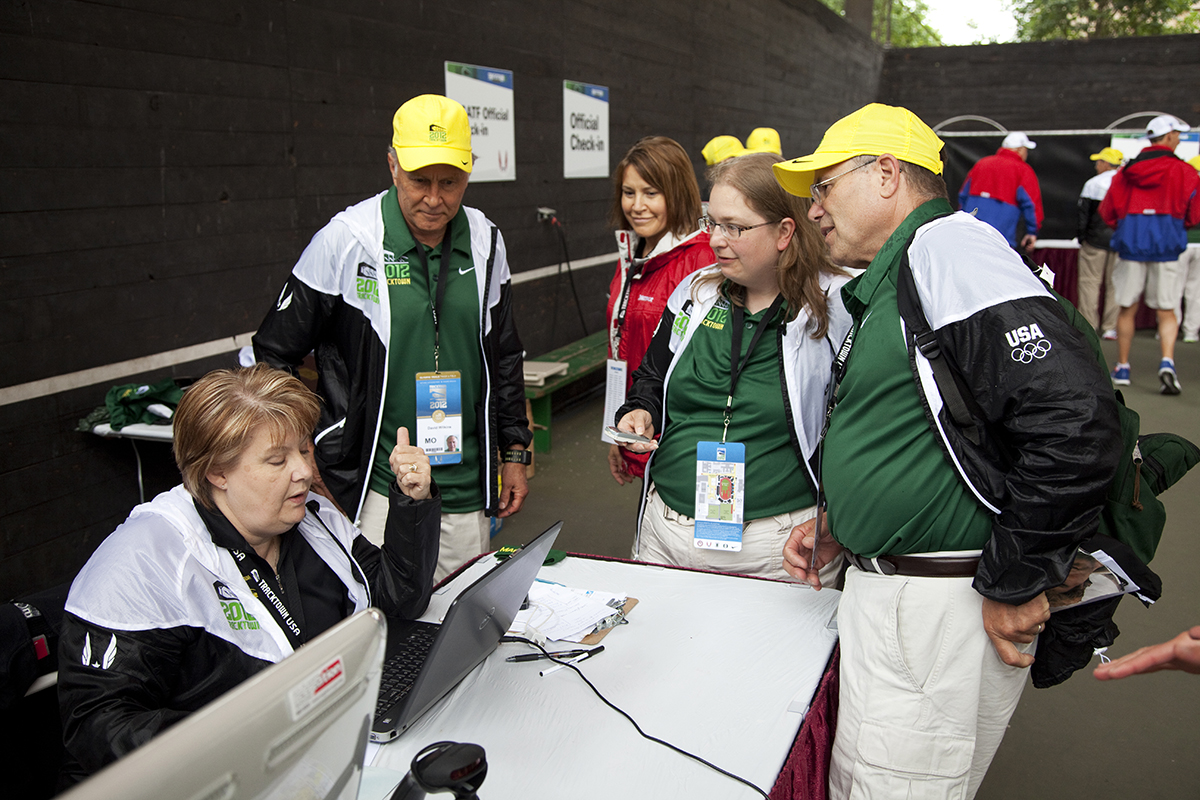 Engagement
Engagement
Now that your volunteers have been recruited, it’s time to prepare them for a positive and engaging experience. Volunteers should be treated the same as you would a co-worker. When putting together my volunteer information, I format it the same way I do for our staff members working the event. Universal information for everyone is the key to keeping everyone informed and reduce the chance of misinformation being spread.
Communicate with your volunteers prior to the event and make important information such as locations, times, dress code, easy to find and accessible. Provide volunteers with as much as possible prior to the event, so that they are prepped and ready to go. The more familiar they are with the event, their job and responsibility, the more confident they will be to handle things day of. When they are confident, they will begin to take ownership over their tasks and become engaged.
In any communication with volunteers pre-event, whether on the phone, in person or via e-mail, I make sure to convey how thankful we are for their help and support.
How the teams are structured is also an important part of engagement. For instance, you wouldn’t want to place six first-time high school volunteers at your registration desk. By placing an experienced volunteer or staff member as the team lead, they can help new volunteers settle in quickly and can be available to answer any questions.
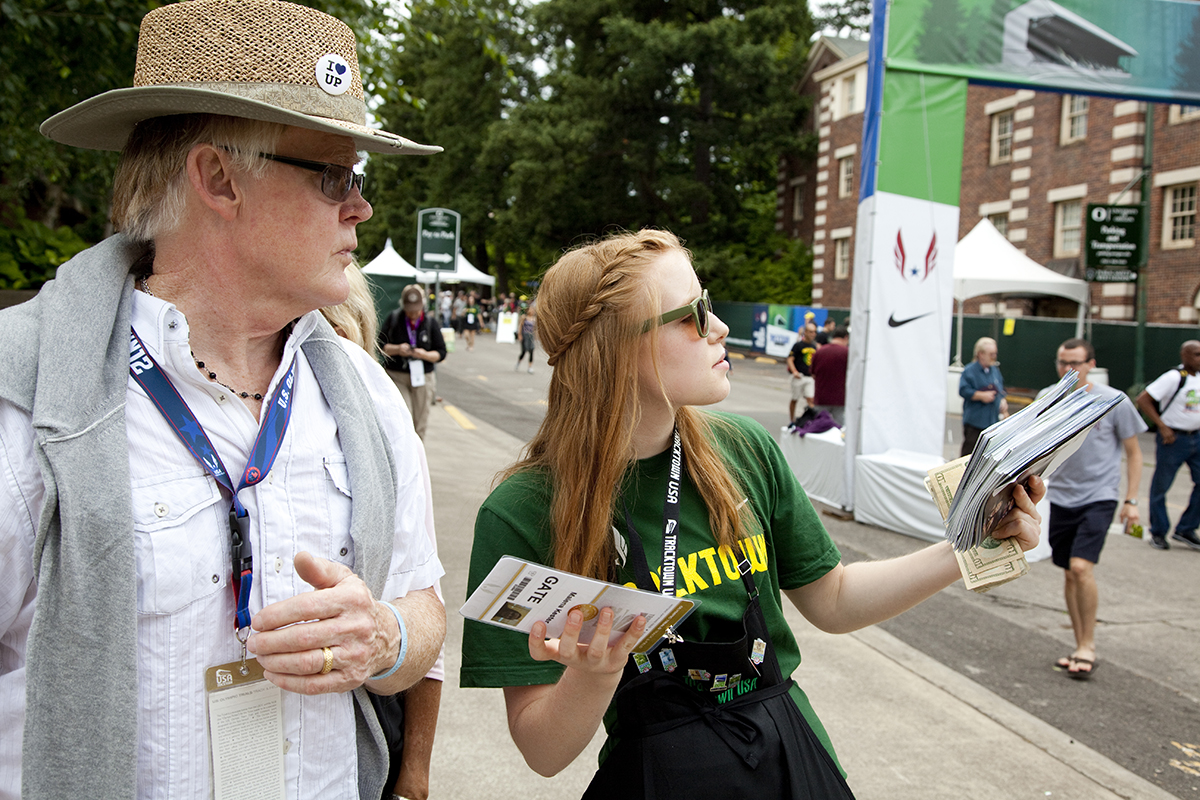 Rewards
Rewards
The event is over and it was a resounding success! It took a village to help make your sporting event successful for athletes and spectators; now it’s time to thank those who donated their time once again. After all, they donated their time when they could’ve been with friends or family, and instead choose to work six or more hours at your event.
Is there one foolproof way to properly thank a volunteer? Just like all people are different, the way gratitude is shown should be tailored to an individual or group. Some people may be comfortable being publicly recognized, while the thought of being thanked in front of a group may be mortifying for someone else.
Below are just a few ideas on how to show appreciation to your volunteer team during and after the event:
• Day of Event Hospitality - ensuring that your volunteers’ needs are met throughout the day will keep them fresh, engaged and happy. Basic things like easy access to water, snacks, restrooms and timely breaks will all go a long way.
• Volunteer Swag - providing fun event swag for your volunteers is an easy way to show your appreciation while they are at the event. Commemorative event hats, t-shirts or bags are a reusable take-away volunteers will appreciate. Don’t have a budget for extras such as this? Reach out to your sponsors or community partners and see if they have swag or low-cost gift cards they are willing to donate.
• Pre- or Post-Event Party - a small pizza party can be a fun way for volunteers to engage with one another either pre- or post-event. My personal favorite are the post-event parties at the end of the event. It’s a great way to debrief the day and share moments from the day.
• Donate to their organization - if you have it available in your budget, offering a group a way to make money for their organization while volunteering can be a great thank you and motivator for groups. An example can be if you are charging for parking, split the revenue with the organization who are directing cars for you.
• Thank You Notes – It sounds time-consuming but sending a personalized thank you to a volunteer can go a long way. Whether it is digital or handwritten, going that small extra step can make a big impact on the volunteer and show your true appreciation. If you go the digital route, start your e-mail with Hi ____ and their name. It shows you took the time to e-mail them directly and it isn’t an impersonal e-mail.
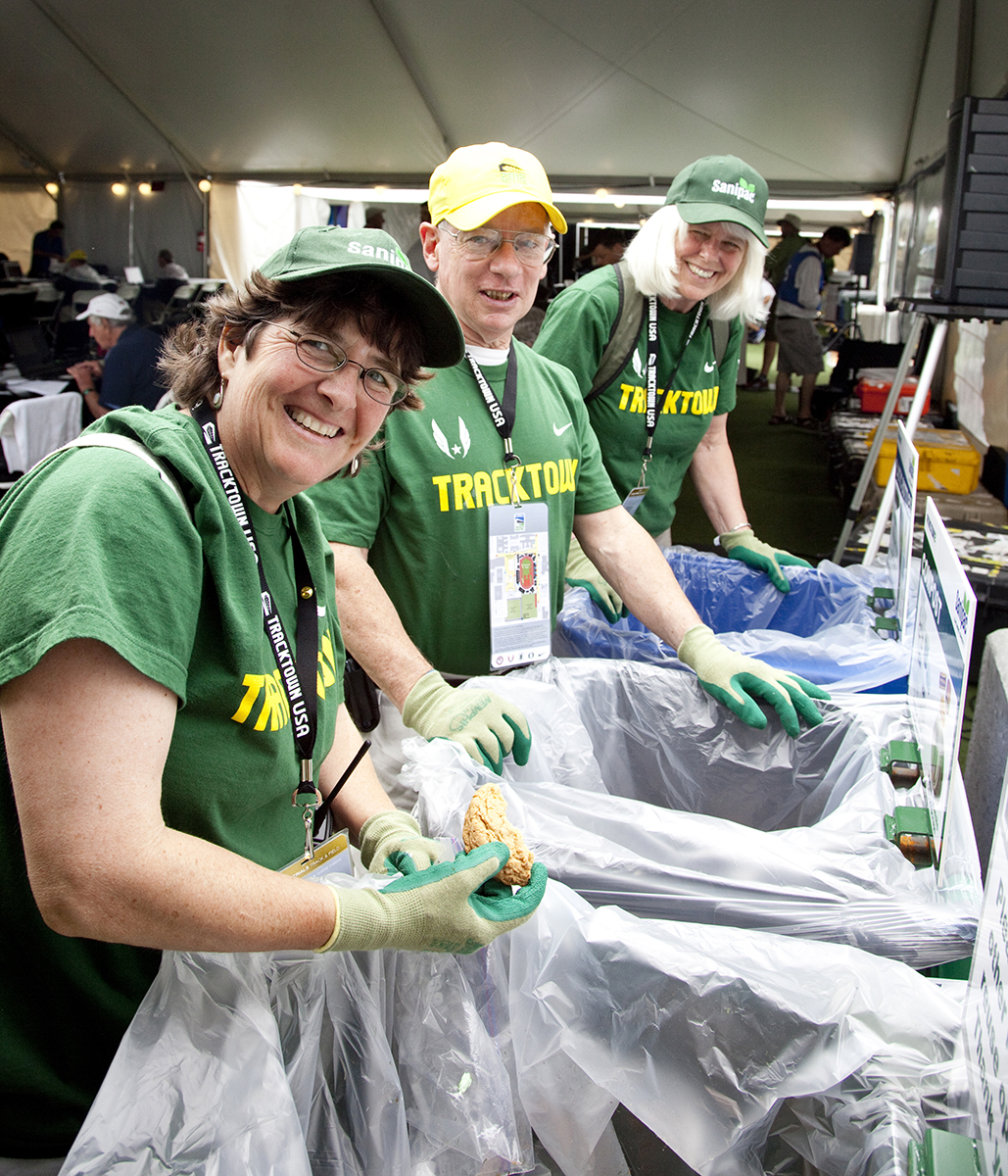 Retention
Retention
After putting in the time and effort to build a successful event team, the last thing you will want to do is start from scratch for your next event. Here are a few ways to build a strong volunteer base and have them return again:
• Positive Event Experience - treat them well during the event and follow up afterward to ensure their experience was positive. If they enjoyed their experience, they are more likely to speak positively about your event, return to volunteer and maybe even bring a friend with them next time.
• Post-Event Surveys - following up with a post event survey is a great additional reach out. It gives the volunteer an opportunity to express their thoughts on the event and lend insight on ways to improve for next year. You aren’t able to be everywhere at once; let your volunteers be additional sets of eyes and be a sounding board for future event improvements. They can also be an opportunity for a volunteer to express a negative experience that they had. For one of my past events, a volunteer had a negative experience and didn’t let anyone know until the post-event survey. It allowed me to learn about the situation and follow up with the volunteer via phone to make amends and talk through what had happened. She ended up returning the following year. Without the survey, we never would have known and would have lost a good volunteer.
• Repeat Volunteers - do you have a few all-star volunteers from this past year’s event? Make a note of who they were and why they worked well with your team in your post-event notes. During the following year’s planning process, reach out to them individually and ask if they would like to be a team leader or possibly a planning committee member. It will give them a sense of ownership in the position and potentially recruit friends or family to volunteer with them.
• Communication During the Year - do you have an e-newsletter that you send out? Ask your volunteers if they would like to be included in this list. Also, sending out a ‘save the date’ e-mail to past volunteers a few months prior to the event, can potentially get it added to their calendar before recruitment officially begins.
Whew! The cycle of volunteer recruitment, engagement and retention can seem like a lot but don’t let that overwhelm you. As sports event planners, we seem to have a never-ending to-do list that once complete, results in a successful event. It is all about prioritizing the most important components and keeping them at the top of the to-do list.
I’ve found it helpful to build my communication, volunteer prep and thank you notes into my general event production plan. Then once it’s in there, I don’t have to remember to do it, because it will already be on my list.
No matter how large or how small your sports event is, taking the time to invest in your staff and volunteer support team will benefit your event and the experience your participants have. SDM

